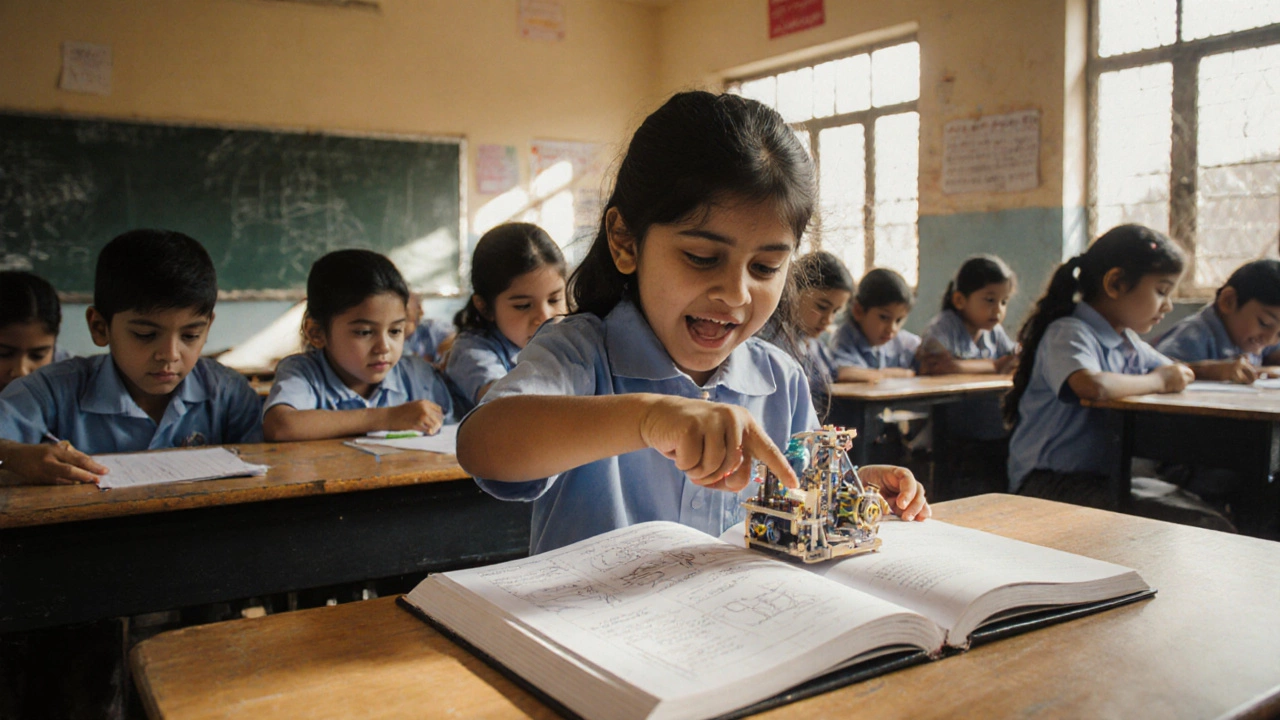Indian School Syllabus: What’s Taught, Why It Matters, and How It Shapes Futures
When you talk about the Indian school syllabus, the structured set of subjects, topics, and learning outcomes defined by education boards across India for students from Class 1 to 12. Also known as the school curriculum, it’s not just a list of chapters—it’s the backbone of how millions of students learn, prepare for exams, and build skills for life.
The CBSE syllabus, the most widely followed national curriculum managed by the Central Board of Secondary Education focuses on clarity, exam readiness, and uniformity across states. Meanwhile, the ICSE curriculum, a more detailed, application-based approach run by the Council for the Indian School Certificate Examinations pushes deeper into critical thinking and project work. Then there are state boards—each with their own language, culture, and priorities—that tailor content to local needs. All of them rely heavily on NCERT textbooks, standardized books published by the National Council of Educational Research and Training that form the core of teaching in most government and many private schools.
What’s in the syllabus? Math isn’t just formulas—it’s problem-solving for real life. Science isn’t just memorizing facts—it’s understanding how things work, from the human body to climate change. Languages aren’t just grammar—they’re tools to think, argue, and connect. And subjects like social science and environmental studies tie learning directly to India’s history, rights, and challenges. The syllabus doesn’t just prepare kids for board exams—it shapes how they see the world.
But here’s the thing: the syllabus hasn’t changed as fast as the world has. While students are learning the same physics formulas from 20 years ago, the job market now values coding, digital literacy, and emotional intelligence. That’s why so many parents and teachers are asking: Is this enough? Are we teaching kids how to think—or just how to pass tests?
What you’ll find below are real, practical guides that cut through the noise. From how to study the Indian school syllabus more effectively to what’s actually tested in board exams, what changes are coming, and how to make sense of the overwhelming amount of material. These aren’t theory pieces. They’re tools for students, parents, and teachers who want to do more than just survive the system—they want to thrive in it.
